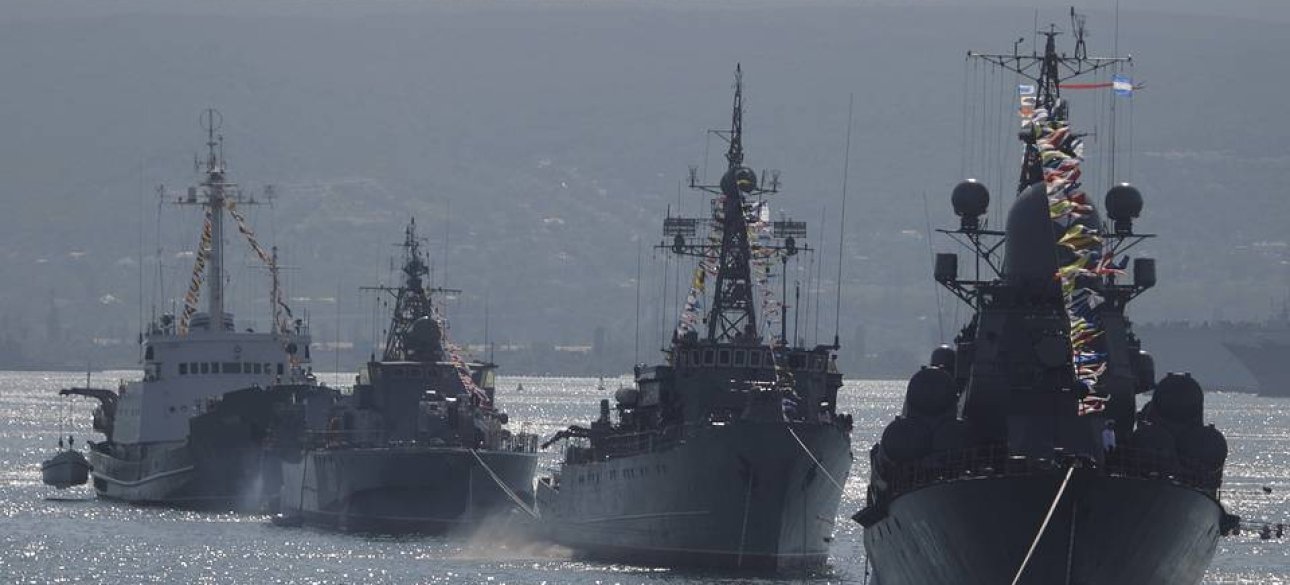
There are only a few accurate anti -ship missiles, and the Baltic countries know this. Both Estonia and Latvia buy the world's leading anti-ship missiles, which gives them a tiny armed forces a huge role in any future war. A few years ago, the Baltic countries fleet had no means to reflect the Russian invasion from the sea. None of them had large warships. No anti -ship missiles.
The money they spent on their armed forces, they mostly directed to their armies - a simple mistake, given that all three countries have land borders with mainland Russia or its exclusive Kaliningrad. Estonians, Latvians and Lithuanians expected that their NATO allies would protect the borders of the Baltic Sea, and this promised to become a heavy battle.
In 2021, Sweden and Finland did not join the Alliance, the Polish fleet was still quite weak, and the Danish and German fleet was focused on foreign missions. The Russian Baltic Fleet, which comes from twice the Red Banner Soviet Baltic Fleet, still had a terrifying reputation. On paper it was the most dangerous naval force in a region that had several frigates, two dozen corvettes and a submarine that had a larger fire power together than NATO fleet, usually stationed in the Baltic.
But when Russia threatened to expand the war against Ukraine, the Baltic countries have doubled efforts to protect its own. Estonia bought the anti -ship missiles of the Blue Spear 5G for $ 107 million in Israel; Latvia bought in Norway for $ 105 million naval shock missiles, which can also be launched from the shore. Blue Spears radars began to arrive in Estonia this month.
"The selected weapons system will become the cornerstone of the Navy of Estonia for decades," said Yuri Saska, Commander of the Navy of Estonia. Blue Spear and NSM with infrared guidance are not the farthest missiles in the world. Blue Spear range is 200 miles; NSM - 115 miles. But this is more than enough, given the geography of the eastern part of the Baltic Sea.
From the Southern Latvia to the main Baltic parking lot of the Russian Navy in Kaliningrad, a single base free from the ice all year round - only 100 miles. The same distance from Northern Estonia to another Baltic parking lot of the Russian Navy near St. Petersburg-Kronstadt. Thanks to their new marine rockets, Estonians and Latvians can hit Russian warships before they leave their ports. A rocket trap was formed for the Russian fleet.
This trap closed in 2023, only a few months after the Russian troops began a full -scale attack on Ukraine, which expanded the war in 2014. In 2022, Sweden and Finland applied for NATO joining. Finland received approval last year. Sweden is still expecting the approval of the Hungarian Parliament, but it should appear in the near future. By joining the Transatlantic Alliance, Finland and Sweden turn the Baltic Sea into a NATO Lake.
Two Scandinavian states have a small but powerful fleet and modern anti -ship missiles. If the Russian Baltic Fleet at least tries to turn around during the war, his ships can undergo rocket firing from several directions. A more sophisticated fleet can fight through any rocket barrier, as the US fleets and their allies have been doing in the waters around Yemen for several weeks. The US Navy's warships boast a powerful anti -air and missile defense.
But the same war that led Sweden and Finland to NATO and confirmed the decision of Estonia and Latvia to spend a lot of money on anti-ship missiles, also proved the inadequacy of the possibilities of self-defense of the Russian Navy. For two years of heavy battles, the Ukrainian Fleet and the Air Force have drove a fifth of the Russian Black Sea Fleet, first of all destroying the flagship of the fleet, the heavy-armed cruiser "Moscow", the anti-ship missiles "Neptune" of local production.
The Neptune rocket with radar guidance belongs to the same general class as Blue Spear and NSM, though not so modern. If Ukraine is able to cause such harm to the Black Sea Fleet without the support of the Alliance, imagine that Estonia and Latvia can do with the Baltic Fleet, having 29, and soon 30 adolescents. This does not mean that the sea battle in the Baltic Sea will be easy for the smallest NATO countries. No, the Russians will probably rush into a serious battle.










All rights reserved IN-Ukraine.info - 2022